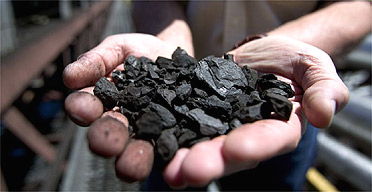On April 20, an oil-drilling platform in the Gulf of Mexico called Deepwater Horizon, exploded in the Gulf of Mexico near Louisiana. The rig sank and 11 people were killed in the explosion. The accident is said to be the largest oil spill disaster in the history of the United States.
Like many Americans, I am very sad about this disaster and extremely worried about the damage it will cause. Normally, I like to post helpful hints about how we can all go green, but sadly, I this is not one of those entries. But it's still important to be informed. Some of you may be wondering what are some of the possible results of this oil spill? Here are some ways an oil spill can affect wildlife:
* Oil coats the bodies of animals with a thick layer.
* Fur or feathers covered in oil become sticky which can lead to hypothermia.
* Birds can drown when covered in oil because they're bodies become too heavy.
* Animals may become easy prey because they are easier to catch.
* Birds and marine mammals will not necessarily avoid an oil spill.
* Some fish are actually attracted to the oil because it looks like floating food.
* More than 400 species of animals are at risk because of this event.
* Stomach ulcers and bleeding can occur in animals that swallow the oil.
* Damage to airways and lungs of animals that breath droplets of oil or gas.
* Since April 30, 19 dead dolphins have been found in the spill area.
* Oil disguises the scent that seal pups and mothers use to recognize each other.
* Beaches affected by an oil spill can disturb turtle breeding areas or contaminate eggs.
* On May 24, a fisheries disaster was declared in 3 states.
* Fisherman have been taken to hospitals because of "nausea, dizziness and chest pains."
* Oil in the water decreases oxygen supply to small fish, which can affect the entire food chain.
This is NOT what our oceans should look like!








































